A Fahrenheit to Celsius conversion table is a reference guide for converting temperatures between the two scales; It provides a quick way to compare temperatures accurately.
These tables are essential for everyday activities like weather forecasting and cooking. They help users understand temperature relationships and streamline conversion processes efficiently.
1.1 Importance of Temperature Conversion in Daily Life
Temperature conversion is vital in daily activities‚ from weather forecasting to cooking and health. Accurate conversions ensure proper meal preparation‚ as recipe temperatures often differ between scales. In health‚ understanding body temperature in both Fahrenheit and Celsius is crucial for diagnosis. Additionally‚ industrial processes rely on precise temperature control‚ making conversion essential for safety and efficiency. These tables serve as a reliable tool‚ helping users navigate everyday challenges seamlessly. Their widespread use underscores the necessity of clear‚ accurate temperature conversion in modern life.
1.2 Overview of Fahrenheit and Celsius Scales
The Fahrenheit and Celsius scales are widely used temperature measurement systems. Fahrenheit‚ introduced by Daniel Gabriel Fahrenheit in 1724‚ is commonly used in the United States. It sets the freezing point of water at 32°F and boiling at 212°F. The Celsius scale‚ created by Anders Celsius in 1742‚ is the global standard‚ with water freezing at 0°C and boiling at 100°C. Both scales are linear‚ with each degree representing an equal change in temperature. Conversion tables simplify comparisons between the two‚ aiding users in various applications worldwide.
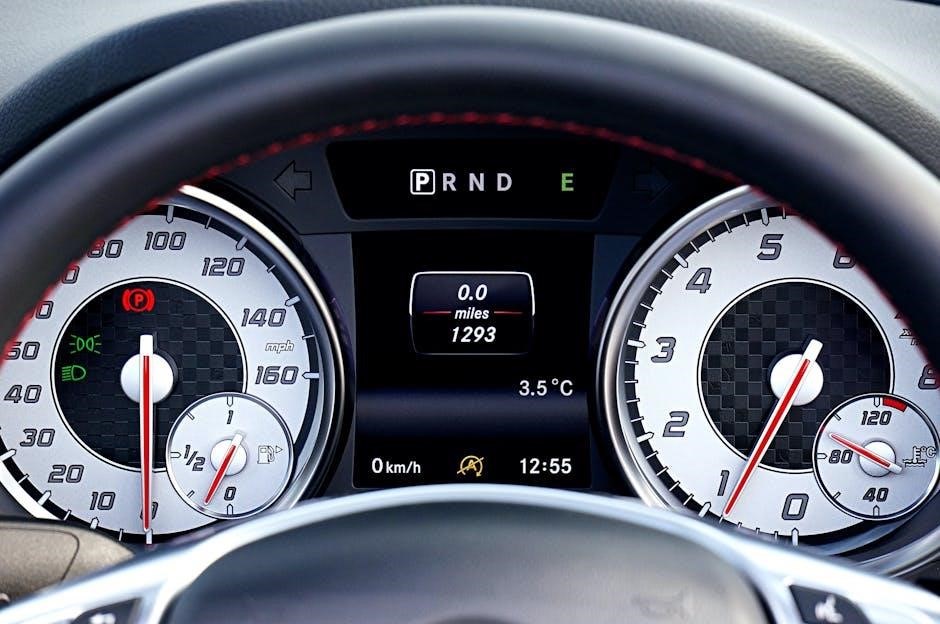
Understanding the Relationship Between Fahrenheit and Celsius
The relationship between Fahrenheit and Celsius is defined by the formula: °C = (°F ― 32) × 5/9. Conversion tables simplify this calculation for quick reference.
2.1 Key Conversion Formulas
The formula to convert Fahrenheit to Celsius is: °C = (°F ‒ 32) × 5/9. For Celsius to Fahrenheit‚ the formula is: °F = (°C × 9/5) + 32. These formulas are essential for accurate temperature conversion.
Conversion tables use these formulas to provide pre-calculated values‚ making it easy to reference temperatures without manual calculations. They cover a wide range of temperatures‚ from extreme lows to highs‚ ensuring practical applications in various fields.
2.2 Historical Background of Both Scales
The Fahrenheit scale was introduced by Daniel Gabriel Fahrenheit in 1724‚ while the Celsius scale was developed by Anders Celsius in 1742. Fahrenheit’s scale originally used a Fixed Point based on a saltwater ice mixture‚ while Celsius based his scale on the freezing and boiling points of water. Over time‚ Celsius became the standard for scientific and international use‚ while Fahrenheit remains common in the United States. Understanding their history helps appreciate the need for reliable conversion tools like PDF charts to bridge these temperature systems effectively.
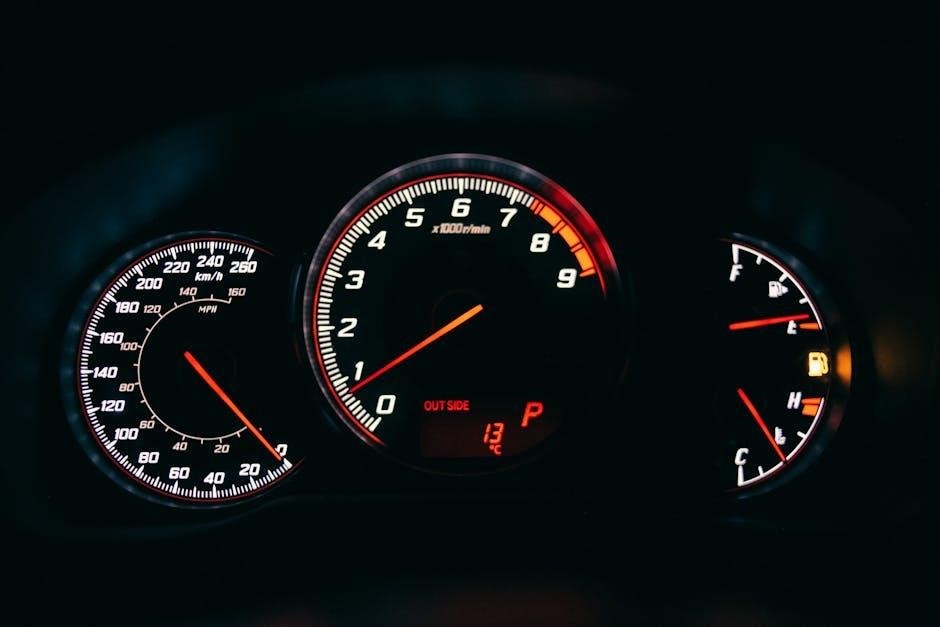
How to Create a Fahrenheit to Celsius Conversion Table
To create a Fahrenheit to Celsius conversion table‚ start by defining the temperature range. Use the formula: °C = (°F ‒ 32) × 5/9. Input Fahrenheit values in one column and calculate corresponding Celsius values. Format the table clearly‚ ensuring alignment and readability. Include headers for both scales and consider adding notes on the formula and rounding methods used.
3;1 Step-by-Step Guide to Building the Table
To build a Fahrenheit to Celsius conversion table‚ start by defining the temperature range. Use the formula: °C = (°F ― 32) × 5/9. Create a table with two columns‚ labeling one for Fahrenheit and the other for Celsius. Input Fahrenheit values in the first column‚ calculate the corresponding Celsius values‚ and fill in the second column. Ensure the table is well-formatted with clear headers and proper alignment for readability. Add notes below the table to explain the formula and rounding methods used for accuracy.
3.2 Tips for Formatting the Table for Clarity
For a clear Fahrenheit to Celsius table‚ use bold headers for columns and ensure consistent formatting. Alternate row colors to enhance readability. Add grid lines to separate values neatly. Use a clean font and sufficient spacing to avoid clutter. Include a caption below the table explaining the conversion formula and rounding method. Ensure the table is responsive for viewing on different devices. Highlight key temperature points for quick reference. Use footnotes to clarify any abbreviations or assumptions made during the conversion process.
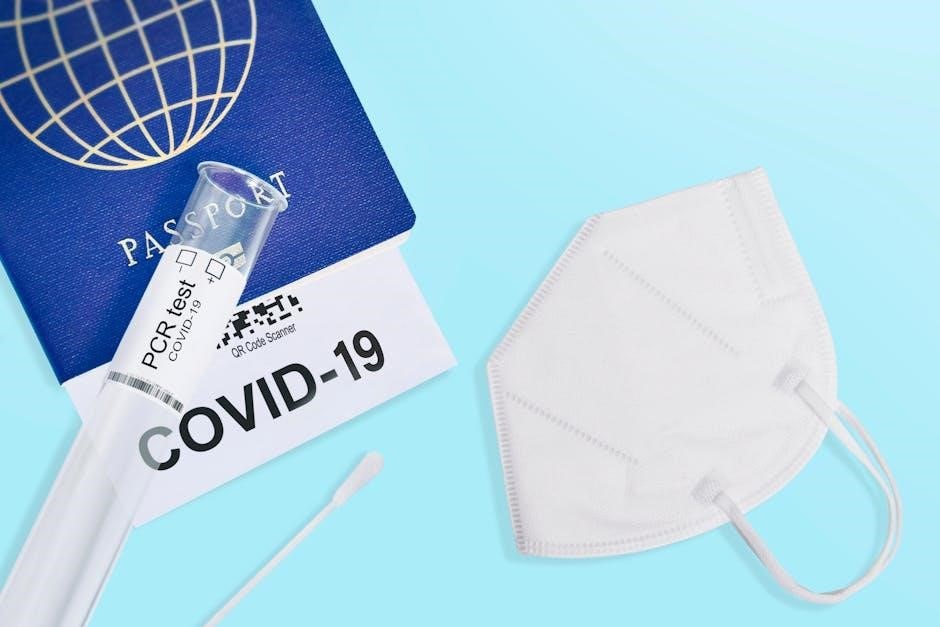
Example of a Fahrenheit to Celsius Conversion Chart
For example‚ 32°F equals 0°C‚ 50°F equals 10°C‚ and 212°F equals 100°C. This chart provides clear temperature comparisons for quick reference.
4.1 Temperature Ranges and Corresponding Values
Temperature conversion tables typically cover a wide range of values‚ from extreme cold to high heat. For example‚ -17.8°F corresponds to 0°C‚ while 32°F equals 0°C‚ and 212°F equals 100°C. These charts often include intervals of 5-10 degrees‚ providing a clear and organized way to compare temperatures. Detailed PDF charts are available online‚ offering precise conversions for temperatures like 50°F (10°C)‚ 75°F (24°C)‚ and 98.6°F (37°C). These tables are essential for precise conversions in various applications.
- 0°F = -17.8°C
- 32°F = 0°C
- 50°F = 10°C
- 75°F = 24°C
- 98.6°F = 37°C
- 212°F = 100°C
4.2 Common Temperature Conversions (e.g.‚ 32F to 0C‚ 212F to 100C)
Key temperature conversions are fundamental for understanding the relationship between Fahrenheit and Celsius. Water freezes at 32°F‚ which is 0°C‚ and boils at 212°F‚ equivalent to 100°C. These points are crucial reference markers. Other common conversions include 50°F (10°C)‚ 75°F (24°C)‚ and 98.6°F (37°C)‚ which is the average human body temperature. These standard values are often highlighted in PDF conversion charts for quick reference‚ ensuring accuracy in various applications like cooking‚ science‚ and weather forecasting.
- 32°F = 0°C (Freezing point of water)
- 212°F = 100°C (Boiling point of water)
- 50°F = 10°C
- 75°F = 24°C
- 98.6°F = 37°C (Body temperature)

Applications of Fahrenheit to Celsius Conversion Tables
Fahrenheit to Celsius conversion tables are versatile tools for temperature conversion. They facilitate accurate conversions in various fields‚ ensuring practicality and consistency in communication.
5.1 Use in Weather Forecasting
5.2 Importance in Cooking and Baking
Fahrenheit to Celsius conversion tables are indispensable in cooking and baking‚ where precise temperature control is critical. Recipes often require converting between scales‚ especially when adapting international dishes. For example‚ converting 350°F (common for baking) to 175°C ensures recipes turn out correctly. These tables help chefs and home cooks avoid errors‚ whether it’s achieving the perfect roast or ensuring safe food temperatures. PDF charts are particularly handy for quick‚ kitchen-friendly references‚ making temperature adjustments seamless and efficient.
Fahrenheit to Celsius conversion tables are vital in cooking and baking‚ where precise temperature control is essential. Many recipes‚ especially international ones‚ require accurate conversions to ensure dishes turn out correctly. For instance‚ converting 350°F (a common baking temperature) to 175°C is crucial for achieving the perfect texture. These tables help prevent errors‚ whether it’s roasting meat or ensuring safe food temperatures. PDF charts are particularly useful‚ providing a quick and kitchen-friendly reference for seamless temperature adjustments during culinary preparation.
5.3 Role in Scientific and Industrial Applications
Fahrenheit to Celsius conversion tables are indispensable in scientific and industrial settings where precision is critical. In research‚ manufacturing‚ and engineering‚ accurate temperature measurements are essential for maintaining quality and safety standards. For example‚ converting 32°F (0°C) for freezing points or 212°F (100°C) for boiling points is vital in experiments. PDF charts are often used for quick reference‚ ensuring consistency across international standards. This reliability makes them a cornerstone in technical fields‚ preventing errors that could lead to equipment damage or experimental inaccuracies.
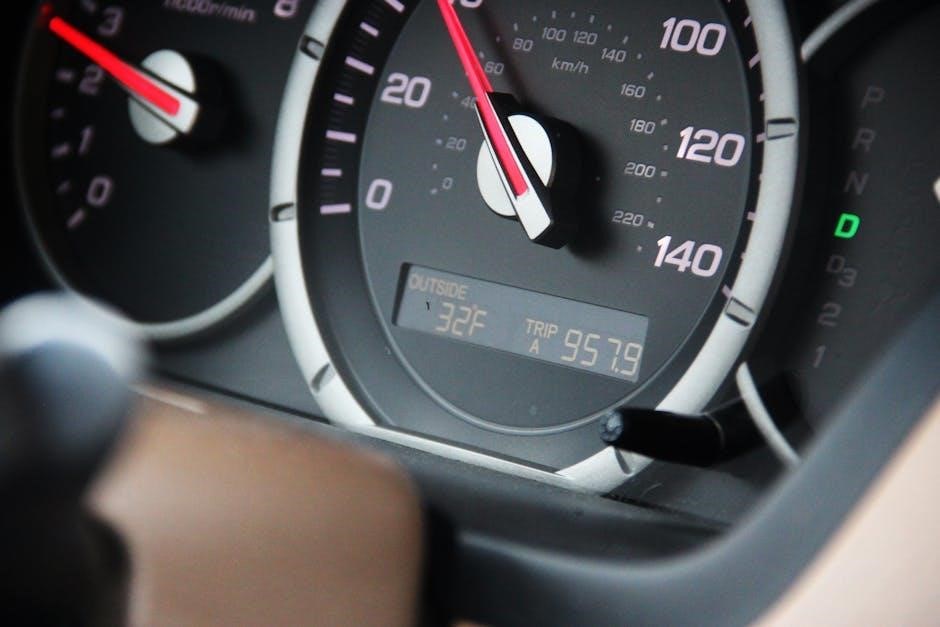
Downloading and Using PDF Conversion Charts
PDF conversion charts for Fahrenheit to Celsius are widely available online. Websites like metric-conversions.org offer downloadable and printable tables‚ ensuring easy access and offline use.
6.1 Where to Find Reliable PDF Tables Online
Reliable PDF tables for Fahrenheit to Celsius conversions can be found on trusted websites such as metric-conversions.org and temperature-conversion-table.pdf. These sites offer accurate and comprehensive charts that cover a wide range of temperatures‚ from extreme lows to highs. Additionally‚ resources like advancedindustrial.com.au provide detailed tables suitable for industrial applications. Always ensure the source is reputable to guarantee accuracy and reliability in your temperature conversions. These tables are ideal for quick reference and can be downloaded or printed for offline use‚ making them highly convenient for various needs.
6.2 How to Print or Save the Tables for Future Use
To print or save Fahrenheit to Celsius conversion tables‚ visit trusted websites like metric-conversions.org or temperature-conversion-table.pdf. Download the PDF directly from the site or use the browser’s print function. Many tables are already formatted for printing‚ ensuring clarity; For saving‚ right-click the PDF and select “Save As” to store it locally. You can also use keyboard shortcuts like Ctrl+S (Windows) or Cmd+S (Mac). Print the tables in portrait orientation for better readability. Having a saved or printed copy ensures easy access for future reference.

Common Mistakes to Avoid in Temperature Conversion
Common mistakes include misapplying the conversion formula and confusing Celsius with Fahrenheit scales‚ leading to incorrect temperature readings and calculations.
7.1 Misapplying the Conversion Formula
Misapplying the conversion formula is a common error. For instance‚ when converting Fahrenheit to Celsius‚ the formula should be C = (F ― 32) × 5/9. Many people mistakenly reverse the formula or forget to subtract 32 before multiplying; This leads to significant inaccuracies. For example‚ converting 100°F to Celsius should result in 37.8°C‚ not 50°C‚ which is a frequent mistake. Such errors can have practical implications in cooking‚ weather forecasting‚ and scientific applications‚ where precise temperature readings are crucial. Always double-check the formula to ensure accuracy.
7.2 Confusing Celsius and Fahrenheit Scales
Confusing Celsius and Fahrenheit scales is a common mistake‚ especially for those unfamiliar with temperature conversion. The two scales have different zero points and intervals‚ making them incompatible. For example‚ 100°F is equivalent to 37.8°C‚ not 100°C. Mixing up the scales can lead to incorrect conclusions‚ such as thinking freezing or boiling points are the same. Using a conversion table or formula helps prevent this confusion‚ ensuring accurate temperature interpretation in various applications like cooking and weather forecasting.
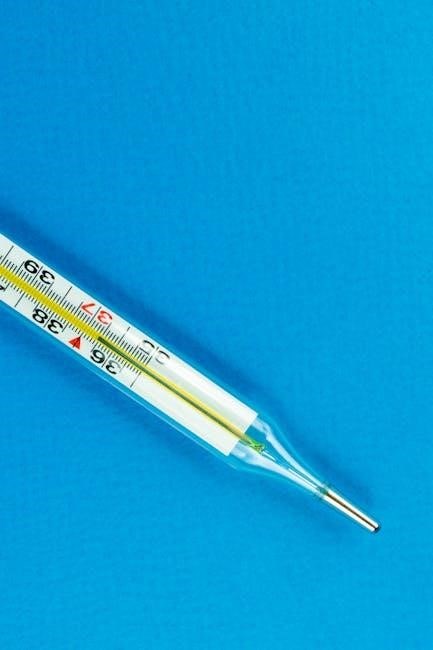
Advanced Topics in Temperature Conversion
Exploring Kelvin’s role and extreme temperature conversions enhances understanding. These advanced concepts are crucial for scientific applications and precise measurements beyond everyday use.
8.1 Understanding the Kelvin Scale and Its Relationship
The Kelvin scale‚ an absolute temperature scale‚ is closely related to Celsius. It starts at absolute zero‚ where particles have minimal thermal motion. The relationship between Kelvin (K) and Celsius (°C) is given by the formula:
K = °C + 273.15. This means that 0°C equals 273.15 K. The Kelvin scale is crucial in scientific and engineering applications‚ especially in fields like physics and chemistry‚ where absolute temperatures are necessary. Unlike Fahrenheit and Celsius‚ Kelvin does not use the degree symbol and is a more precise measure for extreme temperature conditions.
8.2 Using Conversion Tables for Extreme Temperatures
Conversion tables are invaluable for extreme temperatures‚ such as very low or high degrees. They provide precise values‚ ensuring accuracy in fields like meteorology and material science. For instance‚ -40°C equals -40°F‚ a critical point in weather forecasting. Tables also cover ranges like -17.8°C (0°F) to 122°F (50°C)‚ essential for industrial and scientific applications. By referencing these tables‚ professionals can avoid errors in temperature-sensitive tasks‚ ensuring reliability and safety in critical operations. This makes conversion tables indispensable tools for handling extreme temperature scenarios effectively.
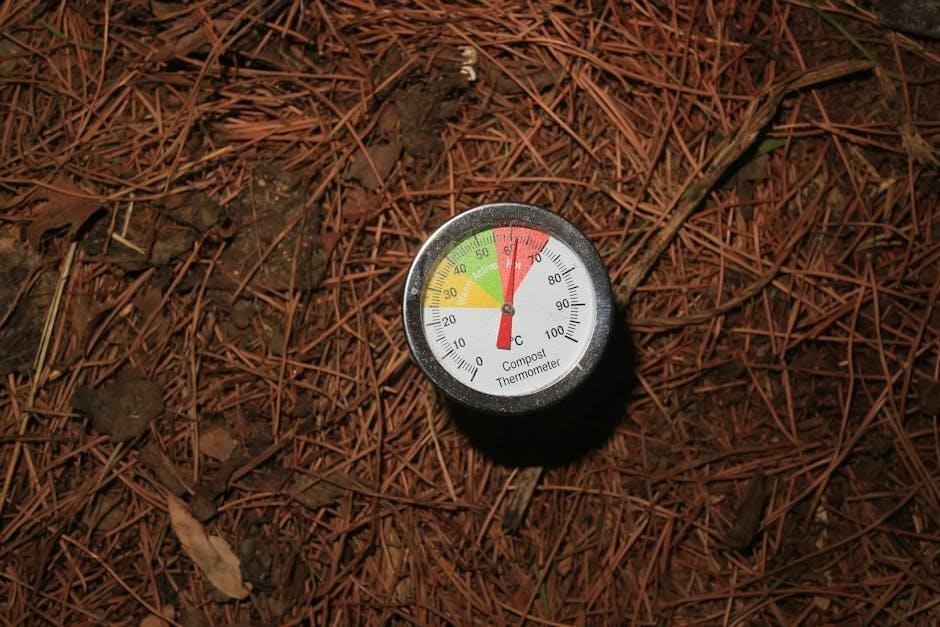
FAQs About Fahrenheit to Celsius Conversion Tables
Common questions include where to find reliable PDF tables and how to use them accurately. These tables are essential for quick‚ precise temperature conversions in various applications.
FAQs often address printing or saving tables for future use‚ ensuring accessibility and convenience for users needing frequent temperature conversions in daily or professional tasks.
9.1 Why Are These Conversions Important?
Accurate temperature conversions are crucial for maintaining consistency in various fields like cooking‚ science‚ and weather forecasting. They ensure precise measurements and reliable outcomes.
Conversions are essential for understanding international standards and facilitating communication across different regions that use either Fahrenheit or Celsius predominantly.
Using reliable PDF tables guarantees quick access to accurate data‚ making them indispensable for professionals and everyday users needing precise temperature references.
9.2 How Often Are These Tables Updated?
Fahrenheit to Celsius conversion tables are rarely updated as the formula remains constant. They are standardized‚ ensuring consistency across all sources.
Revisions typically occur to improve formatting‚ clarity‚ or accessibility. Updates may also include additional temperature ranges or enhanced digital features.
Reliable websites and organizations periodically refresh their tables to meet user needs‚ but the core conversions stay unchanged due to their mathematical foundation.
Fahrenheit to Celsius conversion tables are indispensable tools for accurate temperature conversion. Their widespread use in various fields underscores their practical importance and reliability.
10.1 Summary of Key Points
Fahrenheit to Celsius conversion tables are essential for accurate temperature translation. They provide a clear‚ quick reference for converting between the two scales. The tables include formulas‚ such as ( F = rac{9}{5}C + 32 ) and ( C = rac{5}{9}(F ‒ 32) )‚ and cover a wide range of temperatures. Examples like 32°F to 0°C and 212°F to 100°C are commonly highlighted. These tables are widely used in cooking‚ weather forecasting‚ and scientific applications‚ making them indispensable tools for precise temperature conversion across various fields.
10.2 Final Thoughts on the Importance of Accurate Conversion
Accurate temperature conversion between Fahrenheit and Celsius is crucial for precision in various fields. Whether in cooking‚ weather forecasting‚ or scientific research‚ errors can lead to significant consequences. Using reliable tools like PDF conversion charts ensures consistency and reliability. These tables provide a standardized reference‚ minimizing errors and enhancing efficiency. Their importance lies in their universal applicability‚ making them indispensable for professionals and everyday users alike. By prioritizing accuracy‚ we maintain safety and reliability across industries and applications.

Additional Resources
Downloadable PDF charts and conversion tools are available on websites like metric-conversions.org and allunitconversions.com. These resources provide accurate and printable tables for easy reference and use.
11.1 Recommended Websites for Conversion Tools
For reliable conversion tools‚ visit metric-conversions.org and allunitconversions.com. These websites offer comprehensive Fahrenheit to Celsius charts in PDF format‚ along with formulas and calculators. Metric-conversions.org provides detailed temperature conversion tables‚ while allunitconversions.com allows users to download and print charts for offline use. Additionally‚ advancedindustrial.com.au offers a PDF catalogue with conversion charts. These resources are ideal for quick reference and ensuring accurate temperature conversions in various applications.
11.2 Suggested Reading for Deeper Understanding
For a deeper understanding of temperature conversion‚ explore resources like metric-conversions.org and allunitconversions.com. These websites provide detailed guides‚ formulas‚ and historical context. Additionally‚ the PDF document from Novalynx offers comprehensive conversion formulas and charts. For academic insights‚ refer to publications on temperature scales and their applications. These resources ensure a thorough grasp of Fahrenheit and Celsius conversions‚ making them ideal for students‚ professionals‚ and enthusiasts seeking in-depth knowledge.